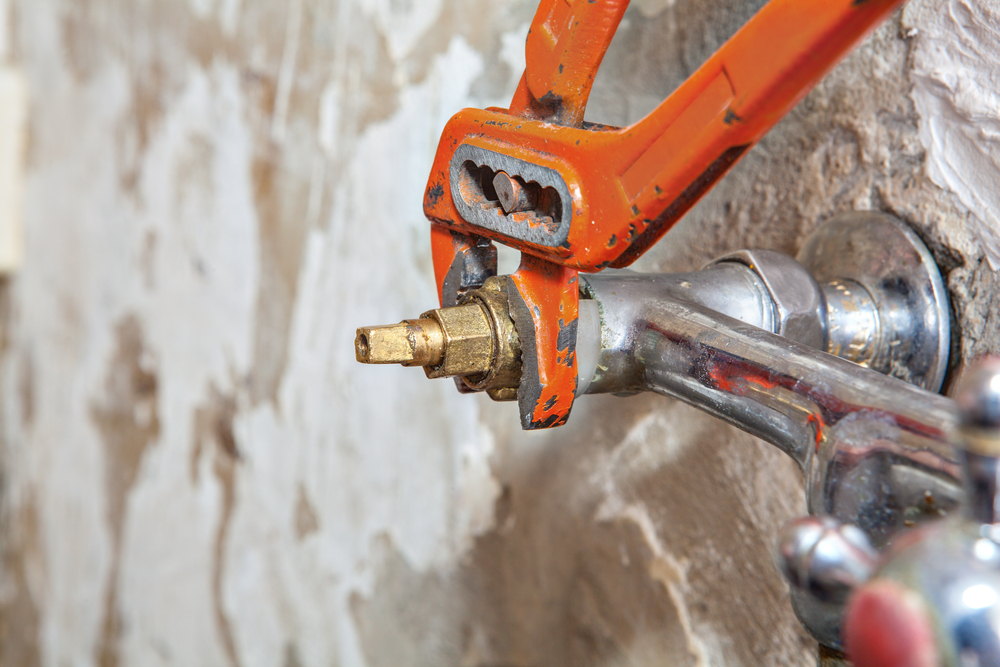There’s something magical and intriguing in living in an old house—the stories, the history, and the architecture. These properties are likely to stand out in any neighborhood, and that’s more than enough of a bragging right.
Moreover, many of these properties are available at a lower price, which makes them attractive to young and first-time homebuyers, as well as those looking for a home to flip.
However, these houses often come with some concerns. For example, do you need to change their plumbing system? In reality, there’s no straight answer to the question. It depends on many factors, such as the age of the house, pipe used, the state of the parts of the plumbing system, and even the budget.
1. Age of the House
Let’s begin with the age of the house. If your home was around in the 1800s, then it is likely to be a Victorian house—stately and gorgeous. However, you may have issues with its plumbing right off the bat, especially if, for some reason, it has remained untouched over the years.
Houses built during this time might have still used wood from hemlock and elm. Although these are durable materials, they are extremely prone to rot when exposed to water over time. Moreover, unless your house was part of a good neighborhood before, it might not have indoor plumbing to begin with.
If the property has been around for at least 50 to 60 years, the pipes could be brass, cast iron, and galvanized steel. These are strong materials that they could last for decades. Galvanized steel, in particular, comes with a coated zinc layer that works as a barrier against water and oxygen.
However, zinc is not immune to these two substances. Eventually, it will begin to corrode, leaving the steel exposed and, therefore, prone to suffer the same problem.
Properties that use these types of pipes may require a comprehensive inspection by a plumbing expert at least once a year.
The owners of homes built before 1986 should check for lead pipes. They became popular for several decades because they are easy to install and weld, rust-resistant, and durable. They were also economical. But over time, researchers found out that lead can leak into the water supply similar to what happened in Flint, Michigan, between 2014 and 2019.
Lead exposure is dangerous to human health, especially for children. Studies have shown that it could lead to cognitive issues, poor learning development, and behavioral problems since the metal can attack the central nervous system, particularly the brain.
For this reason, the United States has banned the use of lead pipes in 1986. However, it didn’t mandate changing those that were already on the ground.

2. Types of Pipes Used
We’ve already touched on the types of plumbing pipes used. At this point, let’s talk about their lifespan. Copper pipes are some of the sturdiest materials out there. They can last between 70 and 80 years. Galvanized steel, meanwhile, may be usable for up to 100 years.
PVC pipes, which are a lot newer than the other options mentioned, could also survive for a century. But this is as long as the liquid that passes through doesn’t contain any aggressive chemical.
The age of the pipes isn’t the only concern, though. More than anything, a homeowner has to know if there are problems with these, especially if they’ve been around for 20 years or more. One of the biggest concerns is pitting corrosion.
What is pitting corrosion? It happens when impurities like iron get into the water system and then interact with a noble metal like stainless steel, galvanized steel, or copper alloy. Pits, which look like small dents on the pipes can appear and begin to dig through the metal.
Pits are not easy to spot since, often, the corrosive material can conceal them. Moreover, even when they are visible, they may look harmless to an untrained person. In reality, the holes underneath may be already big.
3. Conditions of the Pipes
Of the three factors mentioned here, the condition of the pipes matters the most. There’s no reason not to replace or repair them even if they’re the toughest material if they are already showing signs of wear and tear.
What do you need to watch out for? You may have plumbing issues if:
- Water pressure is low. For example, water cannot already reach the second floor.
- Water is hard, which is common in states like Utah. Hard water contains calcium deposits that can increase the risk of corrosion in pipes.
- There are trees growing around or near the drainage line. It is possible that the plants’ roots have penetrated the pipes.
- You have clogging and backflow issues.
Unless you have some knowledge about plumbing, spare yourself the trouble and get a professional to check your pipes and have them replaced or fixed as soon as possible. While this may cost you, you may end up spending more if you don’t do anything about them.




